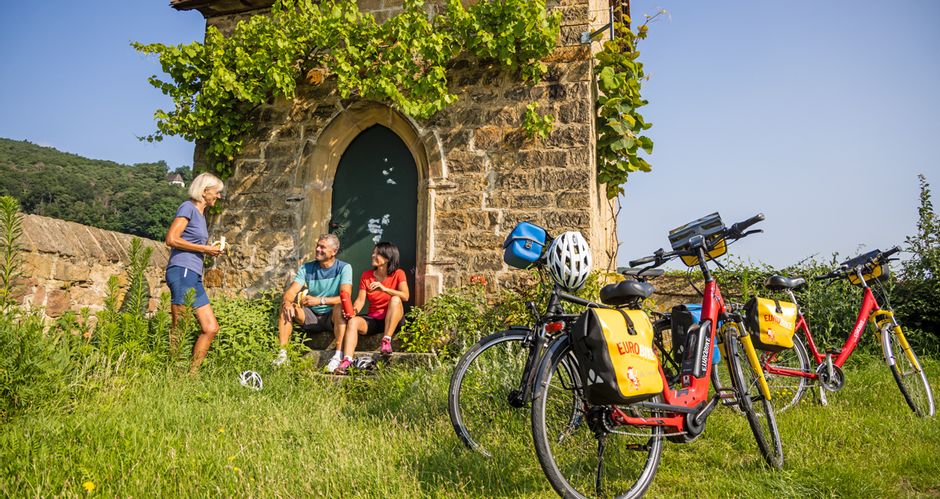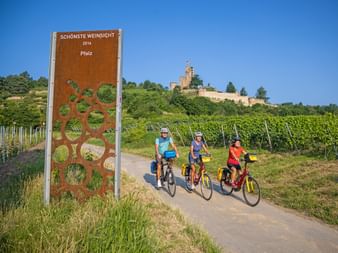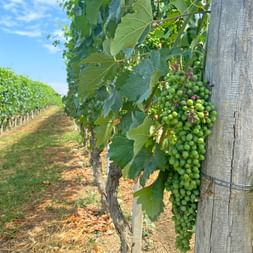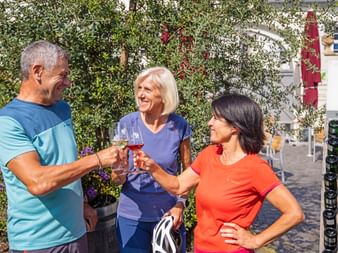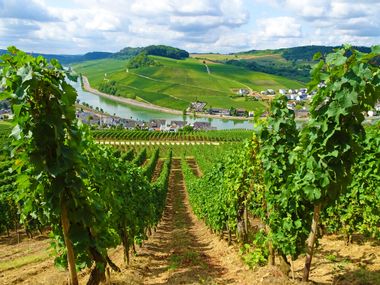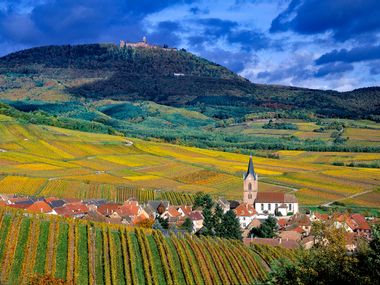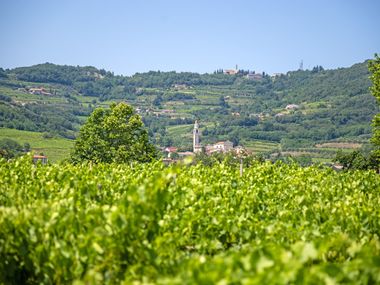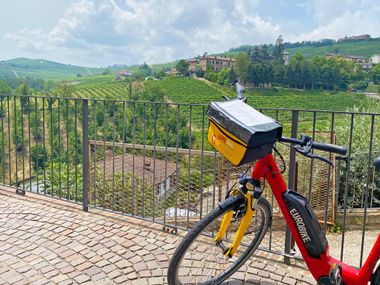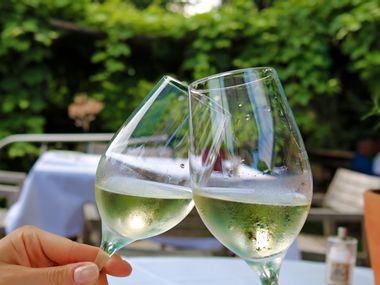When the vines bear an abundance of grapes, the leaves take on marvellouse colours and the glistening rays of the sun bathe the landscape in a golden, velvety light, the most delightful season of the year begins in Europe’s wine regions. Autumn is the high season for cycle holidays once more. Since what better way to discover the colourful sceneries and precious wines than by cycling. Now it is the turn for romantics and connoisseurs, because next to the cycle route, small taverns, wineries and cosy wine villages invite you to take a break and taste the delicacies of the region.
Cycle holidays around the time of the grape harvest in autumn are like a special fesival of the pleasures of life. In this blog post, we tell you in which wine regions the ‚Indian Summer‘ shows itself from its most colourful side and where cyclists and wine lovers alike get their money’s worth.


